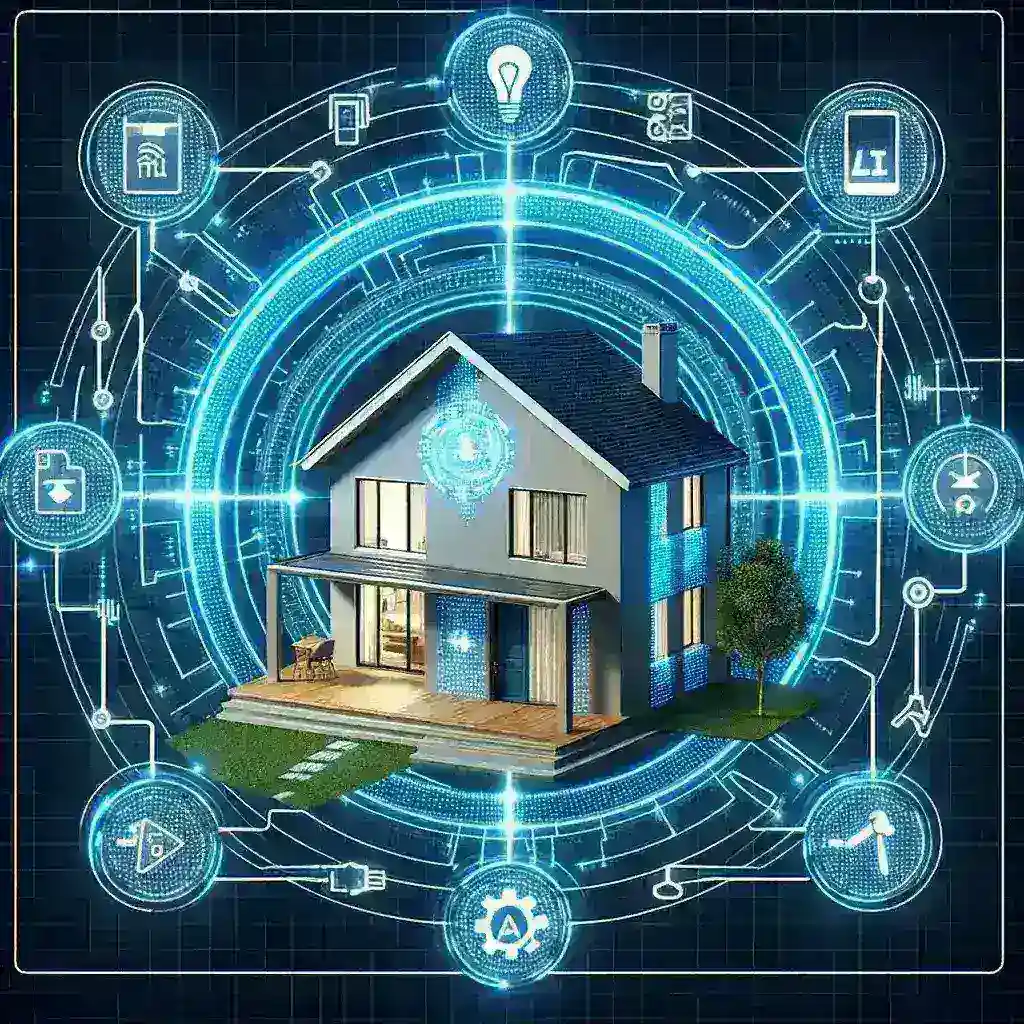Introduction
As the world moves toward sustainable energy solutions, Tesla is taking significant strides in transforming how we consume and manage electricity in our homes. By piloting AI-powered smart grid interactions, Tesla aims to create a seamless and efficient energy ecosystem that benefits both consumers and the environment. In this article, we will explore the innovative technology behind Tesla’s smart grid initiatives, its historical context, benefits, challenges, and what the future may hold for home energy management in the U.S.
The Emergence of Smart Grids
Smart grids represent a significant advancement over traditional energy grids. They utilize digital technology to monitor and manage the transport of electricity from all generation sources to meet varying electricity demands. The idea is to create a more responsive and efficient energy system.
Historical Context
The concept of smart grids began gaining traction in the early 2000s, driven by the need for improved energy efficiency and reliability. The U.S. government and various private entities started investing in research and development to create a more sustainable energy future. Tesla, with its cutting-edge technology and innovative approach, emerged as a key player in this field.
The Role of AI in Smart Grids
Artificial Intelligence (AI) plays a critical role in the functioning of smart grids. By analyzing vast amounts of data in real-time, AI can optimize energy distribution, predict consumption patterns, and manage supply and demand effectively. This allows for a more balanced energy ecosystem where excess energy can be stored or redirected as needed.
Tesla’s AI-Powered Smart Grid Interactions
Tesla’s approach to smart grid interactions involves integrating its energy products—such as solar panels and Powerwall batteries—with AI technology. This integration enables homes to not only consume energy but also produce and store it for later use. Here’s how it works:
- Real-time Monitoring: Tesla’s systems continuously monitor energy usage and production. This allows homeowners to understand their energy consumption in real-time.
- Dynamic Pricing: By analyzing energy prices throughout the day, Tesla can help users determine the best times to use or store energy, helping to reduce costs.
- Automated Energy Management: AI algorithms can automate decisions about when to consume energy from the grid versus when to use stored energy from the Powerwall, optimizing efficiency.
Benefits of Tesla’s Smart Grid Technology
The benefits of implementing AI-powered smart grid interactions in U.S. homes are significant:
- Cost Savings: Homeowners can save on energy bills by optimizing their energy usage and taking advantage of lower energy prices.
- Environmental Impact: By promoting the use of renewable energy sources, Tesla’s technology contributes to reducing carbon footprints and enhancing sustainability.
- Energy Independence: Homeowners can become less reliant on traditional energy providers, increasing their energy autonomy.
Challenges and Considerations
While the benefits are clear, several challenges must be addressed for Tesla’s AI-powered smart grid interactions to become mainstream:
- Infrastructure Costs: Upgrading existing infrastructure to support smart grid technology can be expensive for both utility companies and consumers.
- Regulatory Hurdles: There may be regulations that impact how energy is harvested, stored, and consumed, which could slow down adoption rates.
- Data Privacy: The collection and analysis of consumer data raise concerns about privacy and security.
Future Predictions
The future of Tesla’s smart grid technology looks promising. As the demand for sustainable energy solutions continues to grow, we can expect to see more advancements in AI technology that enhance energy management systems. Here are some predictions:
- Increased Adoption: More households will likely adopt Tesla’s smart grid technology as awareness and accessibility grow.
- Integration with Electric Vehicles: The synergy between electric vehicles (EVs) and home energy systems will become more pronounced, allowing for even greater energy efficiency.
- Expansion of Renewable Sources: The integration of more renewable energy sources will further optimize the electric grid, contributing to a greener planet.
Real-World Examples
Several early adopters of Tesla’s AI-powered smart grid technology have reported significant improvements in their energy consumption patterns. One homeowner in California noted a 30% reduction in his energy bills after installing solar panels and a Powerwall, thanks to the system’s ability to manage energy consumption more efficiently.
Cultural Relevance
The push for smart grid technology resonates with a growing cultural shift towards sustainability and environmental consciousness. Younger generations are particularly sensitive to climate change issues, and they are more likely to embrace innovative technologies that promise a greener future.
Conclusion
Tesla is at the forefront of a revolution in energy management, combining AI technology with smart grid interactions to create efficient, sustainable homes across the U.S. As we look ahead, it’s clear that this technology will play a pivotal role in shaping our energy future. With numerous benefits and a growing emphasis on sustainability, Tesla’s approach is not just a smart choice for consumers but also a necessary step toward a more sustainable world.
Call to Action
For those interested in enhancing their energy management systems and contributing to a sustainable future, consider exploring Tesla’s energy solutions. With a commitment to innovation and sustainability, Tesla is paving the way for a smarter energy future in homes across America.

Leave a Reply